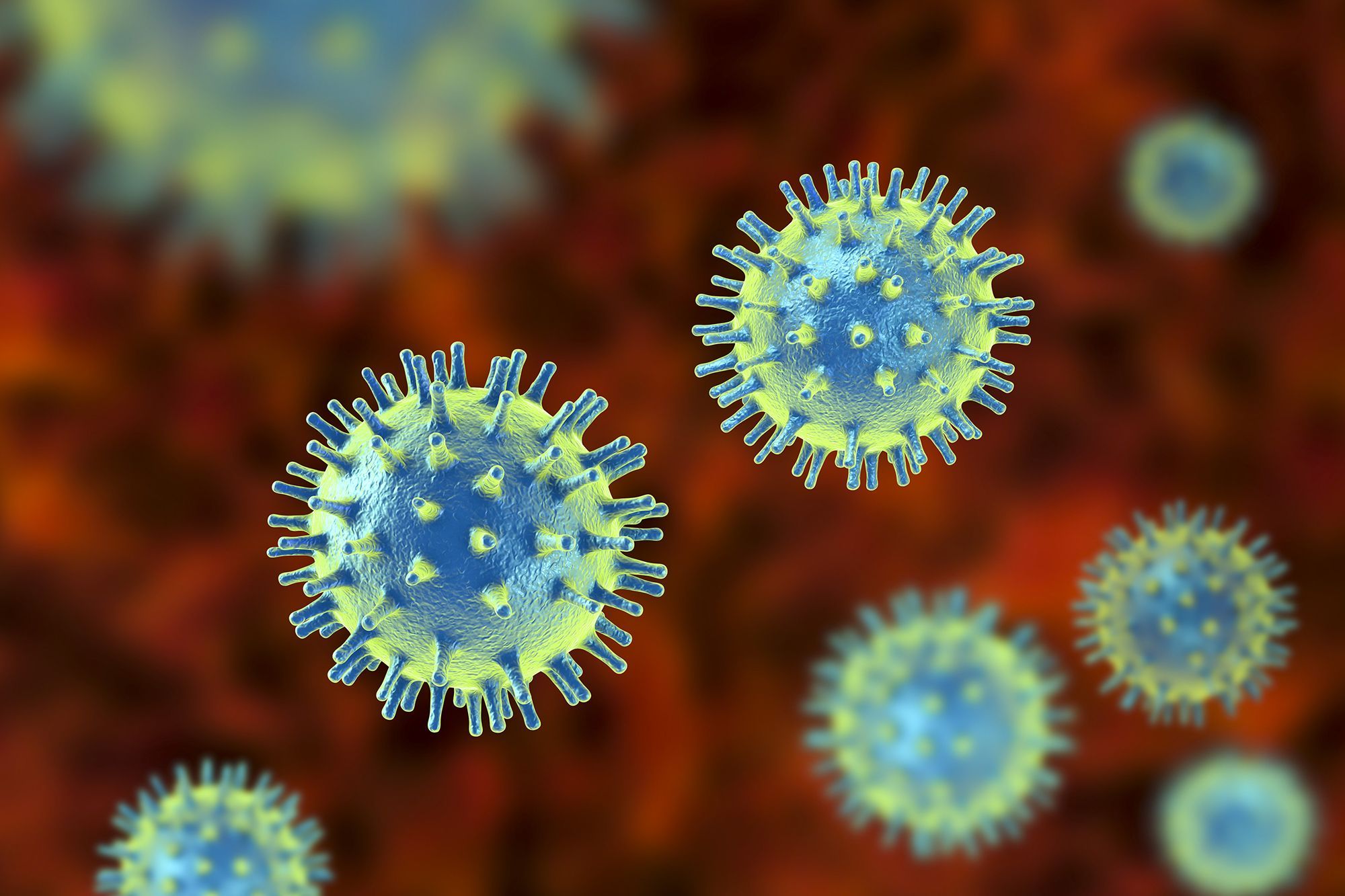Last week, there was talk of a new virus, the Hantavirus. As Covid-19 continues to cripple the world, the talk of another virus appearing was enough to send many people into a frenzy, wondering if it was going to be the next pandemic. Well, calm down, everyone. It’s not going to be the next pandemic, but here’s what you need to know about the Hantavirus.
It’s Not New
The Hantavirus isn’t a “new” virus. It’s actually been around since the early 1950s, but occurrences usually aren’t widespread. As we know, when things don’t happen on a large enough scale, they usually go unreported, or perhaps it didn’t go “viral”.

It’s Spread By Rodents
There can be different strains of hantaviruses, but they’re all spread by rodents. Therefore, the best way to prevent infection is to avoid contact with rodents, dead or alive. The virus can still be present in the rodent’s urine, droppings and saliva, so when cleaning up after rodents, one has to be extra cautious. Furthermore, the virus can also get airborne if the bodily fluids and excrement of rodents are “fresh” and get stirred up. If you breathe in those virus-infected droplets, chances are you’ll get infected. You may also be infected if you touch something that has been contaminated with the above, then touch your nose or mouth. The same applies to eating contaminated food.

Person-To-Person Transmission Is (Extremely Rare)
In other words, it’s not contagious that way. Most get infected by ways of the above paragraph, and rarely by bites of rodents. But person-to-person transmission is almost unheard of, with very rare cases occurring.

It Causes Two Main Diseases
Hantavirus Pulmonary Syndrome (HPS)
HPS occurs mainly in the Americas, and is otherwise known as the “New World” Hantavirus. Symptoms range from fatigue, fever, muscle aches, coughing and shortness of breath. In serious cases, the lungs fill up with fluid.

Hemorrhagic Fever With Renal Syndrom (HFRS)
HFRS is mostly seen in Europe and Asia, and it causes bleeding and kidney failure. Symptoms include intense headaches, back and abdominal pain, fever, chills, nausea and blurred vision. As it affects the kidney, some patients may need to undergo dialysis. HFRS is also known as the “Old World” Hantavirus.

Both diseases are considered rare, but they can be fatal. Death rates are as high as 35% for HPS, and 15% for HFRS.
There Is No Specific Treatment, Cure Or Vaccine
At the moment, no one has developed a treatment to the Hantavirus yet. For HPS, patients are intubated and given oxygen therapy to help with severe respiratory distress. For HFRS, it’s important to manage the patient’s fluid and electrolyte levels, maintenance of correct oxygen and blood pressure levels, and appropriate treatment of any secondary infections. As with all other diseases, the earlier the care, the better and higher chance of recovery.

In other words, we don’t need to worry about the Hantavirus, if we avoid contact with rodents, and keep rodents away. Conveniently, having good cleanliness and hygiene will help, so keep your house, surroundings and yourself clean! That way, you may be preventing more than just one virus!















